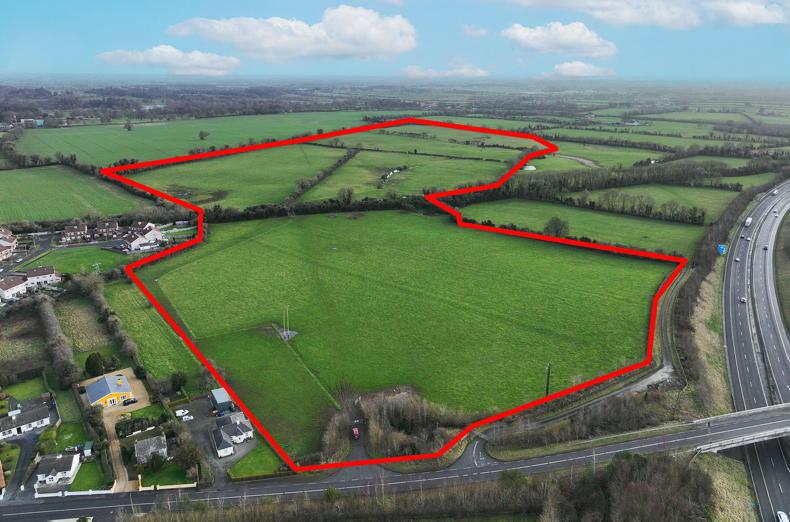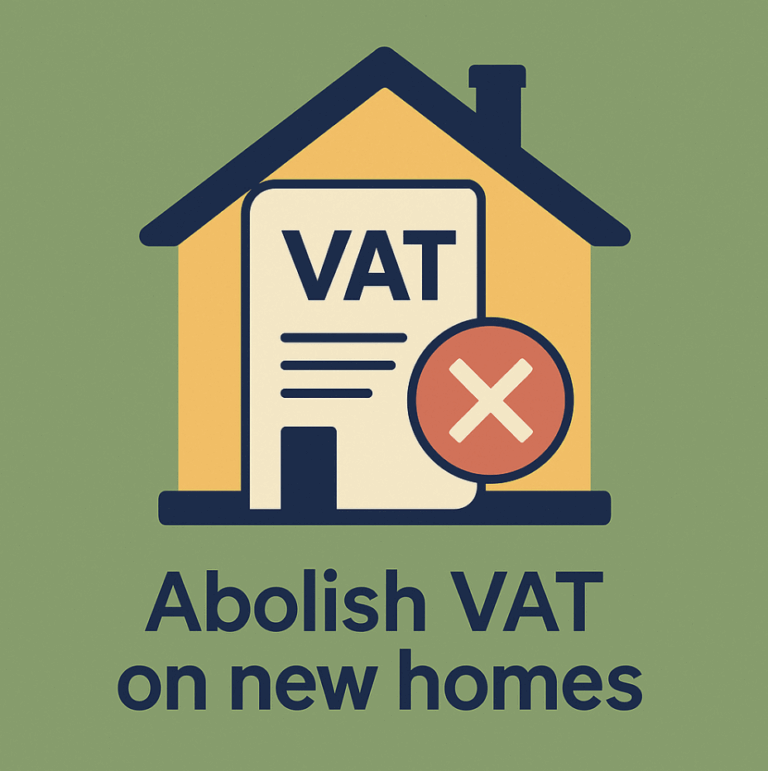More Land Zoned for Housing: What It Means for Future Homeowners

More Land Zoned for Housing: What It Means for Future Homeowners
At the last Cabinet meeting before the summer break, the Irish Government announced a major move aimed at tackling the housing crisis. Local councils have been instructed to reopen their development plans and zone more land specifically for housing. For anyone hoping to move from renting into homeownership, including through rent-to-own schemes, this change could shape the future of Ireland’s housing market.
What exactly has the Government done?
Housing Minister James Browne has told every council across Ireland to designate more land for housing. This means councils must go back into their current plans and reclassify more sites for residential development. Browne wants this process completed quickly, with all rezoning wrapped up by the end of the year.
The scale is significant: enough land must be zoned to allow for 55,000 homes per year. On top of that, councils are allowed to create an extra 50% “headroom,” meaning land for up to 83,000 homes annually could be made available.
Where will these homes go?
The National Planning Framework sets the roadmap: half of new housing should be focused in Ireland’s five largest cities Dublin, Cork, Limerick, Galway, and Waterford with the other half spread across towns, villages, and rural areas. Each council has its own targets. Dublin City Council, for example, must zone enough land for over 8,000 homes a year, while rural counties like Leitrim only need enough for around 200.
Urban councils are also being told to prioritise brownfield sites land in towns and cities that have been developed before. This is designed to curb urban sprawl and keep housing closer to existing infrastructure, jobs, and amenities.
The Zoned Land Tax — why this matters now
One key piece of context is the Zoned Land Tax (ZLT). This annual tax applies to serviced land that has been zoned for housing but left idle. It’s designed to compel landowners to either develop or sell so the land doesn’t sit unused while housing demand remains high.
With large volumes of land now set to be zoned, ZLT could act as a powerful lever to speed up construction and discourage speculative land-hoarding. Landowners holding onto prime plots may now face a “use it or lose it” decision.
Likely impact on land values
Zoning land for residential use generally increases its market value because it opens the door to more profitable development. However, with a sudden increase in the amount of land zoned, supply-side pressure could temper sharp price rises. In areas where ZLT bites hardest, some landowners may accept lower prices to sell quickly, particularly if they have no intention of building.
For developers and housing providers, especially those working on rent-to-own schemes this could mean better access to sites at more competitive prices, at least in the short term.
Does this mean more homes for buyers?
For future homeowners, including those exploring rent-to-own paths, the announcement is encouraging but comes with a caveat. Zoning land is only the first step. While it ensures there is enough land available, it doesn’t automatically guarantee homes will be built. Developers still need to go through planning, secure funding, and have the capacity to deliver.
The Government’s long-term housing goal is to deliver 303,000 homes between 2025 and 2030, averaging 50,500 per year. That’s well below the 83,000 homes’ worth of land councils can now zone, but the extra buffer is meant to avoid future shortages. For context, just 30,300 homes were completed in 2024, so hitting these targets will require a big jump in construction activity.
Why this matters if you’re renting now
If you’re renting and hoping to buy in the coming years, more land zoned for housing could eventually mean more supply, which helps ease prices and creates more opportunities for ownership schemes. For rent-to-own buyers in particular, it can expand the pool of properties that developers and housing providers can offer under flexible purchase models.
The bottom line
This zoning push is a positive step and with the Zoned Land Tax in play, there’s added pressure to ensure that newly zoned land doesn’t just gather dust. It creates the foundation for more homes in the pipeline and may influence land values in ways that benefit active developers. But it will still take sustained investment, planning, and construction to turn these plans into keys in people’s hands.
The Irish housing market’s problems fundamentally all come back to housing supply and lack thereof as well as the fortunate position of extraordinary economic growth, increased employment and increased population. Everyone will naturally sympathise with the cause of the renter and not want to see rents increase at their expense however it must be made clear that rational investment capital both national and international will not return to invest in the Irish housing market at scale without a more attractive rent cap regime (recent improvements are a start) and broader residential property investment environment. While rent caps may only directly apply to rental properties, the market is impacted by the overall amount of properties supplied and constructed. The viability of residential development must be improved.
The startling sights of large amounts of people queuing overnight in locations across the country to secure a new build property caught a lot of headlines. While we build more homes to satisfy the deficit of owner-occupier homes, the rental market provides a great alternative and needs to be bigger. Another startling headline recently was that younger workers stuck living at home or in undesirable accommodation have given up trying to buy their own homes and have instead decided to apply for social housing – surely we can provide more hope to our younger generations.
P.S. the below is exaggerated and not to scale, and we’d keep some green space in the middle, but it is how you take the field at the top of this page and make a difference to our housing crisis. We look next with great hope to the Budget in early October, to reveal how the Government is going to address the housing issue. We’ll be out over the coming weeks with some Budget suggestions.

Stay tuned for more updates and initiatives as we continue to expand our reach and services, all with the goal of helping more people across the country achieve their dreams of owning their own homes.

